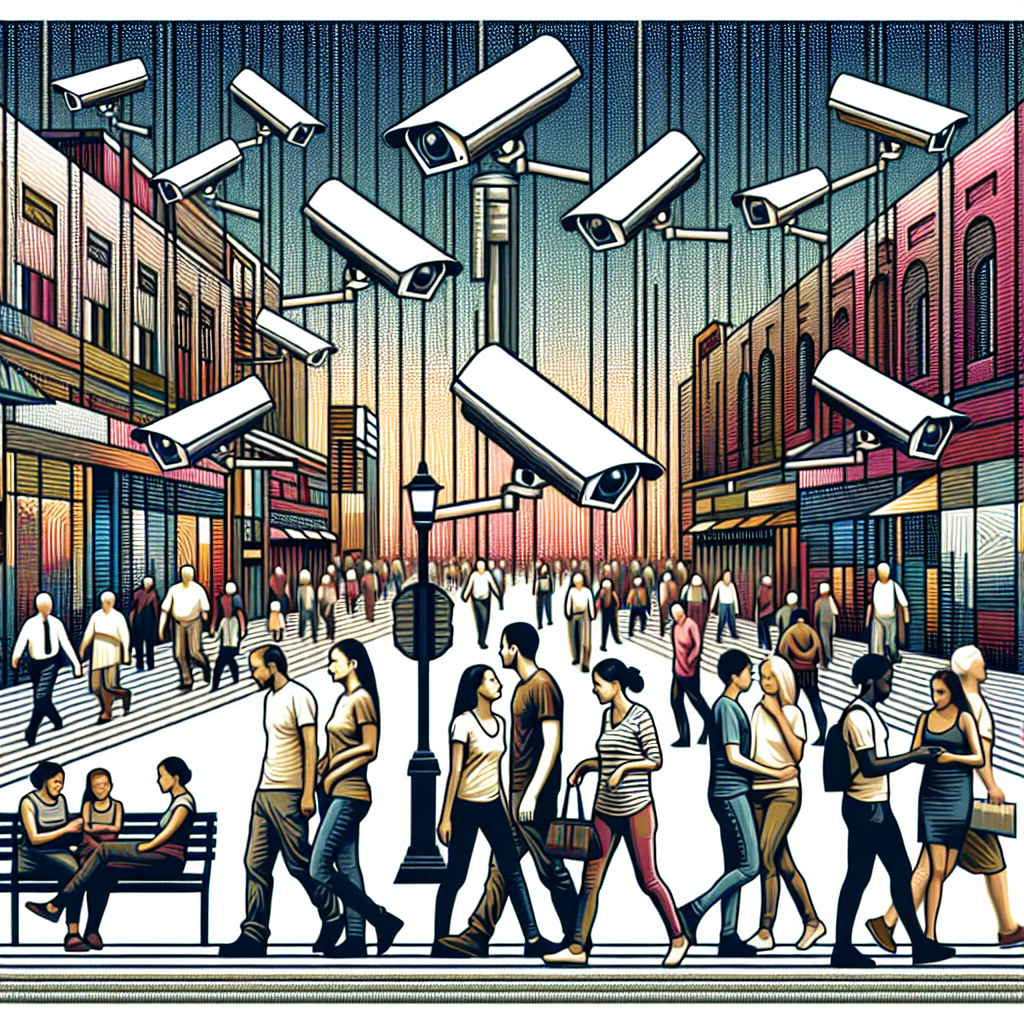Understanding Climate Change
Climate change refers to long-term alterations in temperature, precipitation, wind patterns, and other aspects of the Earth’s climate system. These changes are primarily driven by human activities that release greenhouse gases (GHGs) into the atmosphere. The most significant contributors to climate change include carbon dioxide (CO2), methane (CH4), and nitrous oxide (N2O). These gases trap heat from the sun, leading to the greenhouse effect, which results in global warming.
The Science Behind Climate Change
Climate science is grounded in extensive research and data collection. The Intergovernmental Panel on Climate Change (IPCC) synthesizes scientific information from around the world, outlining the implications of climate change on ecosystems, human health, and economies. According to the IPCC’s latest assessments, global temperatures have risen by approximately 1.2 degrees Celsius since the industrial revolution, leading to extreme weather events, rising sea levels, and disrupted agricultural patterns.
The Role of the New World Order (NWO)
The term “New World Order” often refers to a perceived global governance shift aimed at uniting countries under a coordinated framework to address complex international challenges. In the context of climate change, the NWO concept emphasizes the need for a unified approach to mitigate the impacts of environmental challenges on a global scale. This entails cooperation among governments, businesses, and civil societies, ensuring that collective action is taken to safeguard the planet.
Climate Change and Global Inequality
Climate change exacerbates existing inequalities among nations. Developing countries, often the least responsible for GHG emissions, are disproportionately affected by its impacts due to limited resources and adaptive capacity. These nations face challenges such as increased frequency of droughts, floods, and other climate-related disasters, while wealthier nations continue to emit higher levels of pollutants. This disparity highlights the need for a unified global response to climate change, where developed countries support developing nations through funding, technology transfer, and capacity-building initiatives.
Multilateral Agreements and Climate Change Policies
The Paris Agreement, adopted in 2015, stands as a landmark international treaty that illustrates a coordinated global response to climate change. Its central goal is to limit global temperature rise to below 2 degrees Celsius above pre-industrial levels. Despite some countries’ withdrawal, the agreement has spurred nations to commit to reducing GHG emissions through nationally determined contributions (NDCs). This framework exemplifies how the New World Order can facilitate cooperation in combating climate change.
The Role of Technology in Mitigation Strategies
Technology plays a crucial role in addressing climate change efficiently. Innovations in renewable energy, carbon capture and storage (CCS), and electric vehicles are essential in mitigating climate impacts. The shift from fossil fuels to renewable sources such as solar, wind, and hydroelectric energy reduces reliance on carbon-heavy energy production. Governments and organizations must invest in R&D to accelerate the transition to a low-carbon economy.
The Circular Economy: A Sustainable Solution
The circular economy challenges traditional linear economic models, focusing on sustainability. It promotes the idea of reusing, recycling, and reducing waste. By designing products with their end-of-life in mind, companies can minimize waste and improve resource efficiency. Implementing circular economy principles can significantly lower carbon emissions and foster economic resilience, aligning perfectly with the NWO vision of a sustainable global society.
Promoting Climate Resilience through Local Action
While global action is vital, local initiatives are equally important in fostering climate resilience. Communities can implement sustainable practices, such as community gardens, water conservation programs, and local renewable energy projects, which contribute to GHG reduction and promote local economies. Empowering local leadership ensures that climate strategies are tailored to specific regional needs and challenges.
Financial Instruments and Climate Financing
Mobilizing finance for climate adaptation and mitigation is critical. Climate financing mechanisms, such as the Green Climate Fund, aim to provide support to developing countries in their efforts to combat climate change. A unified approach to climate financing will help allocate resources where they are most needed, ensuring that climate action is equitable and effective.
The Role of Education and Awareness
Education and public awareness play crucial roles in addressing climate change. By fostering a better understanding of the science behind climate change, individuals and communities can engage in meaningful action. Educational programs that emphasize the interconnectedness of climate change, social issues, and economic stability can create a more informed citizenry prepared to advocate for sustainable policies.
Policy Advocacy and Stakeholder Engagement
Policy advocacy is necessary for driving legislative changes that address climate change. Engaging stakeholders, including NGOs, businesses, and local communities, ensures diverse perspectives are considered in policy formation. This collaborative approach helps create comprehensive and effective climate action plans that can be adapted at local, national, and international levels.
The Power of Global Cooperation
Addressing climate change requires unparalleled global cooperation. Countries must transcend political differences to prioritize collective well-being over national interests. Initiatives like the United Nations Framework Convention on Climate Change (UNFCCC) highlight the importance of international dialogue in catalyzing action. The transfer of technology and knowledge across borders can enhance adaptive capacities, particularly for developing nations.
Scenario Planning for Future Resilience
Scenario planning is an essential strategy for preparing for uncertain future climate conditions. Policymakers and businesses can analyze potential climate scenarios to develop adaptive strategies. Utilizing data-driven models allows for more informed decision-making, leading to better resilience against climate disruptions.
Building Sustainable Infrastructure
Investing in sustainable infrastructure is critical for climate adaptation. Infrastructure that incorporates eco-friendly materials and design principles can significantly reduce carbon footprints. Examples include green buildings, sustainable transport networks, and climate-resilient urban planning, all of which contribute to long-term sustainability goals.
Ecosystem Restoration and Biodiversity Conservation
Prioritizing ecosystem restoration and biodiversity conservation can mitigate the impacts of climate change. Restoring degraded ecosystems, such as forests and wetlands, not only enhances biodiversity but also sequesters carbon, helping mitigate global warming. Collaborative efforts involving local communities and conservation organizations can ensure effective implementation.
Engaging Indigenous Knowledge
Indigenous knowledge systems play a vital role in climate resilience. Indigenous peoples often have a deep understanding of local ecosystems and sustainable practices that have been refined over generations. Integrating their perspectives into climate strategies promotes inclusivity and enhances the success of environmentally sustainable initiatives.
Climate Change Adaptation Strategies
Adaptation strategies are essential for coping with the unavoidable impacts of climate change. Measures such as building flood defenses, improving water management systems, and developing drought-resistant crops help communities become more resilient to climate variability. A unified approach can streamline these efforts across regions and nations, ensuring that adaptive measures are equitable and effective.
The Intersection of Climate Change and Health
Climate change poses significant health risks, including respiratory problems from air pollution, heat-related illnesses, and the spread of vector-borne diseases. Policies that prioritize public health and climate action synergistically can lead to better health outcomes while addressing environmental challenges. Collaborative public health campaigns can raise awareness and drive community-level actions.
The Economic Opportunities of Climate Action
Transitioning to a low-carbon economy not only addresses climate change but also presents economic opportunities. Investing in green jobs, sustainable technologies, and renewable energy sources can stimulate economic growth while reducing GHG emissions. As the NWO evolves, harnessing these opportunities can create resilient economies that thrive in harmony with the environment.
Conclusion to Addressing Climate Change
A unified approach to climate change under the New World Order framework emphasizes the need for collaboration across all sectors of society. Addressing climate change is not just a responsibility; it is an opportunity for innovation, economic growth, and a sustainable future for generations to come. By working together, we can navigate the complexities of climate change and secure a healthier planet for all.












Leave a Reply